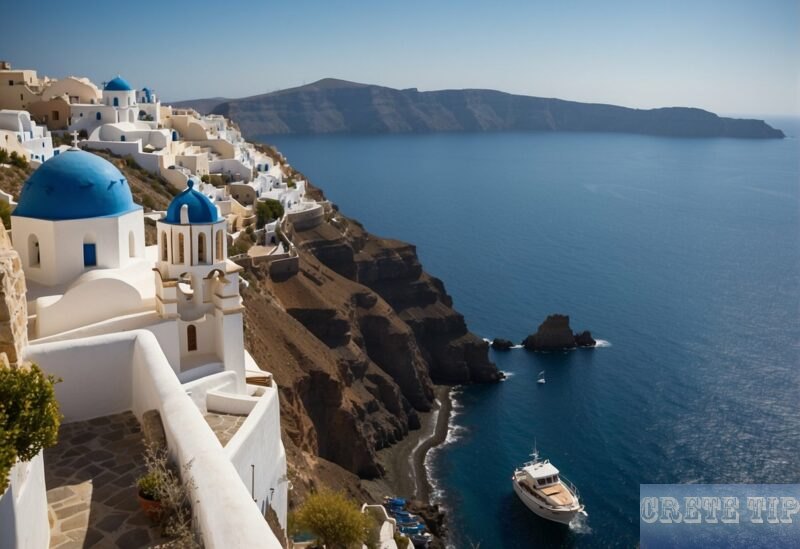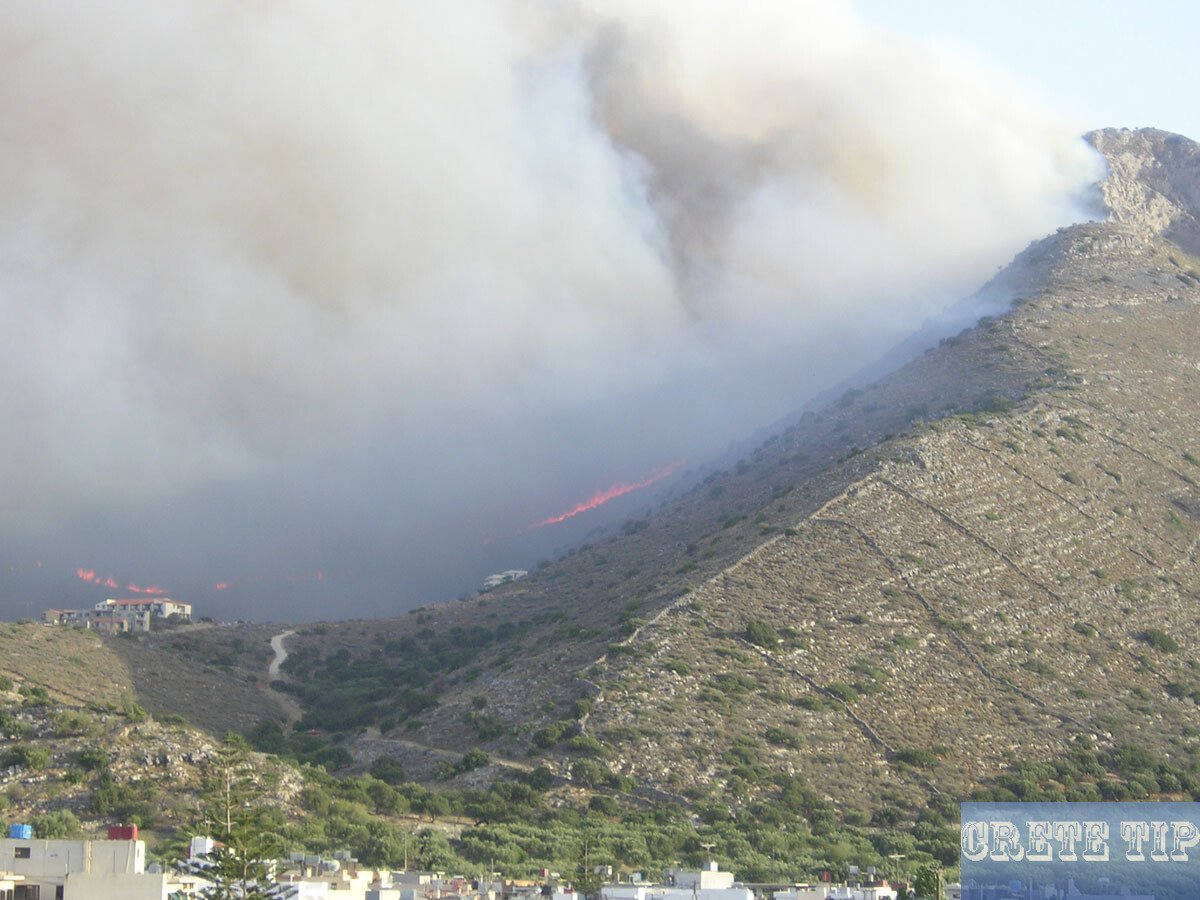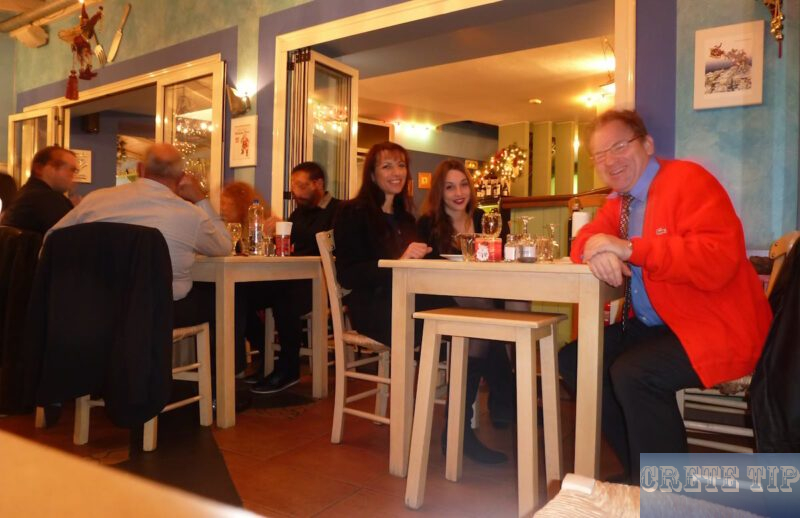The history of Crete (Part III) from the fall of the palaces (1,500-1,400 BC) to the Postpalatial Period (1,400-1,100 BC).
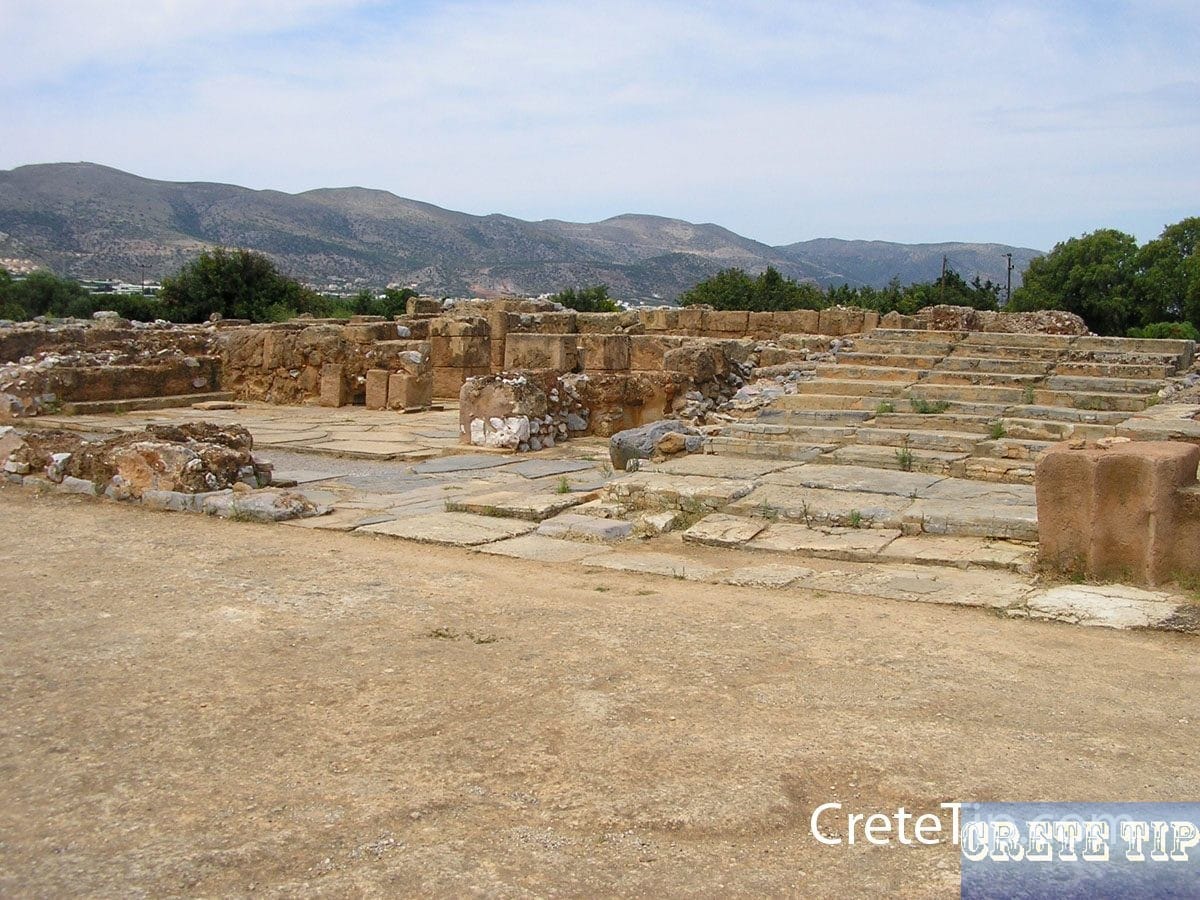

The fall of the palaces
Around 1,600 B.C., minor earthquake damage occurred again on Crete, but this was quickly repaired.
But around 1.500 to 1.450 B.C. it came however to devastating destruction. Except for Knossos all palaces burned and the settlements on the whole island were devastated.
The reason for this is still a mystery and highly controversial. Until recently, the theory prevailed that the explosion of the volcano Thira on Santorini around the year 1,500 BC was the cause. Its explosion must have been about five times as strong as the Krakatau explosion in 1883.
The explosion caused huge clouds of black ash to fly into the sky and caused gigantic tidal waves. The coastal settlements were immediately destroyed by the tidal waves, but this did not yet explain their burning down. The order was given on the assumption that this was caused by falling lamps, which were burning even during the day due to the darkness caused by the ash clouds. Explosions, fire, panic and other earth tremors did the rest.
The falling ash rain covered the east and center of Crete with a poisonous layer of ash, under which nothing could grow for the next fifty years.
Recent research by volcanologists has shown that the ashes of the explosion were distributed as far as Greenland, the Black Sea and Egypt. The thousands of tons of ash and pumice stone thrown into the atmosphere by the explosion must have caused a ‘nuclear winter’ in large parts of Europe and neighboring regions.
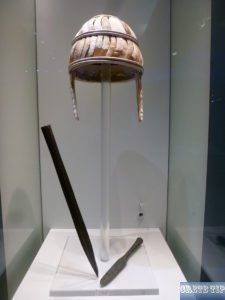
Only in Knossos did an uninterrupted settlement take place, where Greeks from Mycenae had seized control. There were new styles of art, more weapons appeared and for the first time records in the font Linear B appeared. This modification of the old Linear A was used to write in an early Greek dialect.
Around 1,370 B.C., however, the Knossos of the Achaean dynasty was also burned down, either by rebels, a new invasion from Mycenae, or, as a result of further natural disasters at a lesser extent.
But this theory has some inconsistencies.
Why did Festos also burn down when it must have been safe from waves and explosions on the south side of the island behind mountain massifs? But above all, why should a volcanic eruption, which was dated to the year 1.500 B.C., have had such an enormous effect on Crete only fifty years later ?
The confusion about the end of the palatial period on Crete was considerably intensified by a discovery in 2005. Danish volcanologists discovered an olive branch on Thiar, which was isolated in a rock wall of volcanic debris. The tree must have been alive when it was buried under the volcanic debris.
The annual rings of the branch were still complete and the radiocarbon investigation used determined the date of the end of the tree to be the year 1,627 to 1,600 BC.
In this case, the explosion of the volcano must have taken place a hundred years earlier than before, which will upset the entire chronology of the Aegean. Historians tend to use the long Egyptian chronology with its many kings and the 365-day year as a basis for time determinations, and it was previously assumed that Minoan civilization collapsed at the time of the New Egyptian Empire (dated about 1,550 to 1,050 BC). If this had already happened in 1,600 B.C., it would no longer correspond to the Egyptian calendar.
Therefore, some scientists claim that the Minoan culture was destroyed more by man than by natural disasters.
There may have been an invasion by the Mycenaeans, which is mainly proven by the fact that Linear B was used in Knossos before 1,450.
But if the Mycenaeans had come as conquerors, they would not have gained too much if they had destroyed the already thriving Crete society and subsequently left its former population centers uninhabited for a generation or even longer.
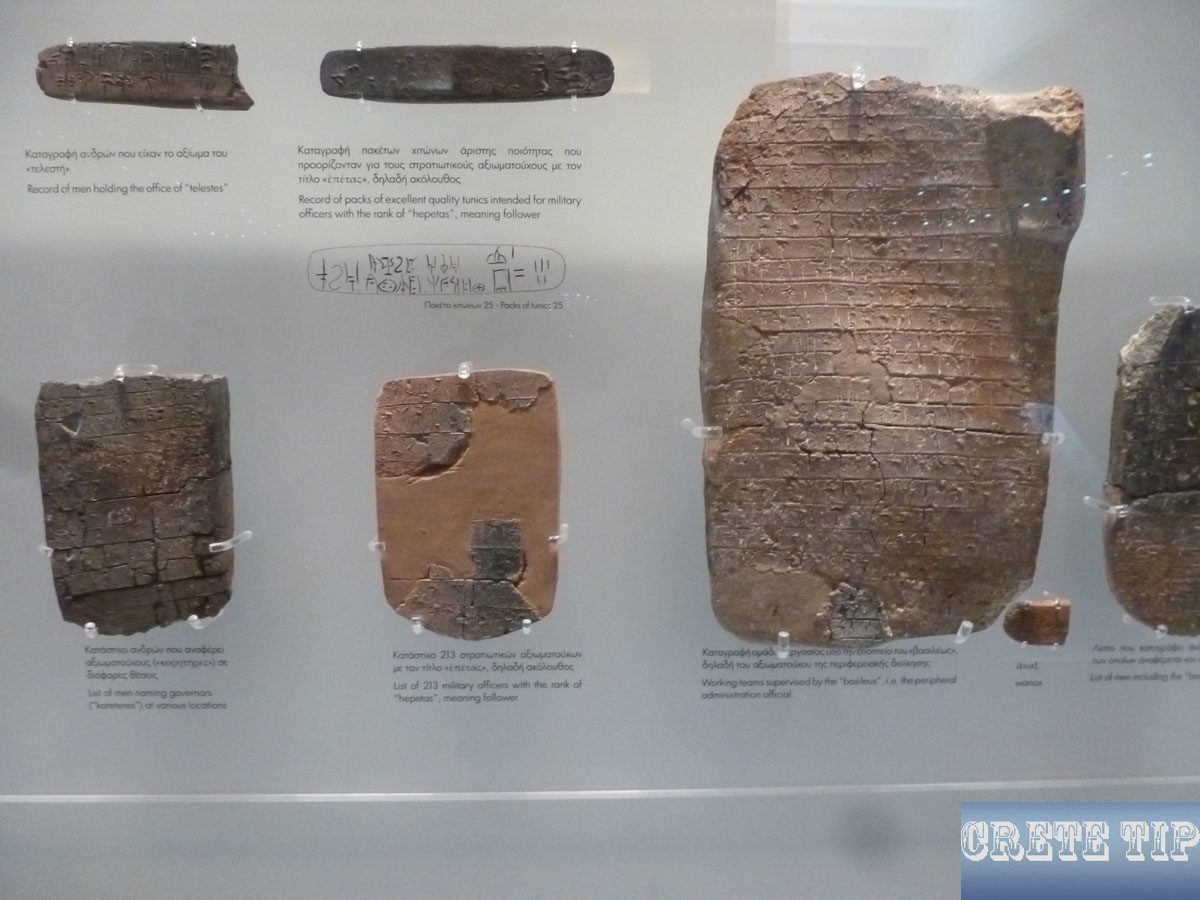
This logical problem is attempted to be explained by an internal revolt on Crete against the rule which might have resulted from the outbreak of the Thira through the chaos and the loss of faith in the power of the priests.
Evidence of this is found in places such as Mirtos Pirgos on the south coast, where a dominant villa was burned down while the surrounding settlements were spared.
For all those idealists and romantics who see Minoan civilization as a haven of peace, such trains of thought are naturally out of the question.
But those who have less idealism towards human rule and believe the Greek legend that the tyrant Minos (and thus the Minos dynasty of the Minoans) was not only hostile to foreign countries, but also oppressed his own people, can certainly derive more from this explanation.
However, everything is still theoretical and only the eruption of the volcano on Santorini is certain and is considered the most convincing explanation for the downfall of Minoan civilization, although it may not have been the only reason.
Postpalatial Crete (1,400-1,100 B.C.)
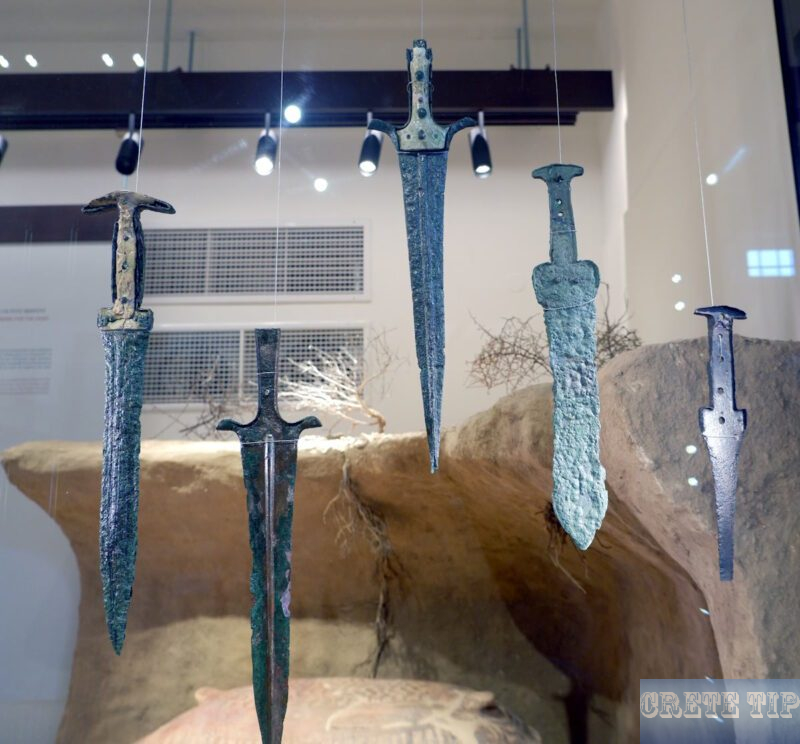
From its base at Knossos, Mycenaean rule gradually spread throughout Crete as the volcanic eruption made the island increasingly habitable again.
In the meantime, the rule of Crete over the eastern Mediterranean went downhill, the island lost its connection to its colonies and became a province of Mycenaean Greece.
Although this age is known as the ‘Mycenaean in Crete’, it is likely that the island’s previous population was still able to preserve its cultural tradition, while local customs continued uninterruptedly.
The most important source is Homer’s epics. In the Odyssey it is reported that at that time Crete had over 100 cities and its population consisted of six peoples: the Minoans, the Archaeans, the Kydones, the Pelasgians, the Eteocretans (the ‘original Cretans’) and the Dorians.
At the beginning of the fourteenth century B.C., the Mycenaeans controlled a large part of Crete and some earlier settlements were re-introduced, including Gournia, Agia Triadha, Tilissos and Palekastro.
Kydonia, which was the closest port to the Mycenaean heartland, became the capital of the island, which still had considerable overseas trade, while its art and architecture were still very much Minoan in style. However, Kydonia is buried under the modern Chania and can probably never be completely excavated.
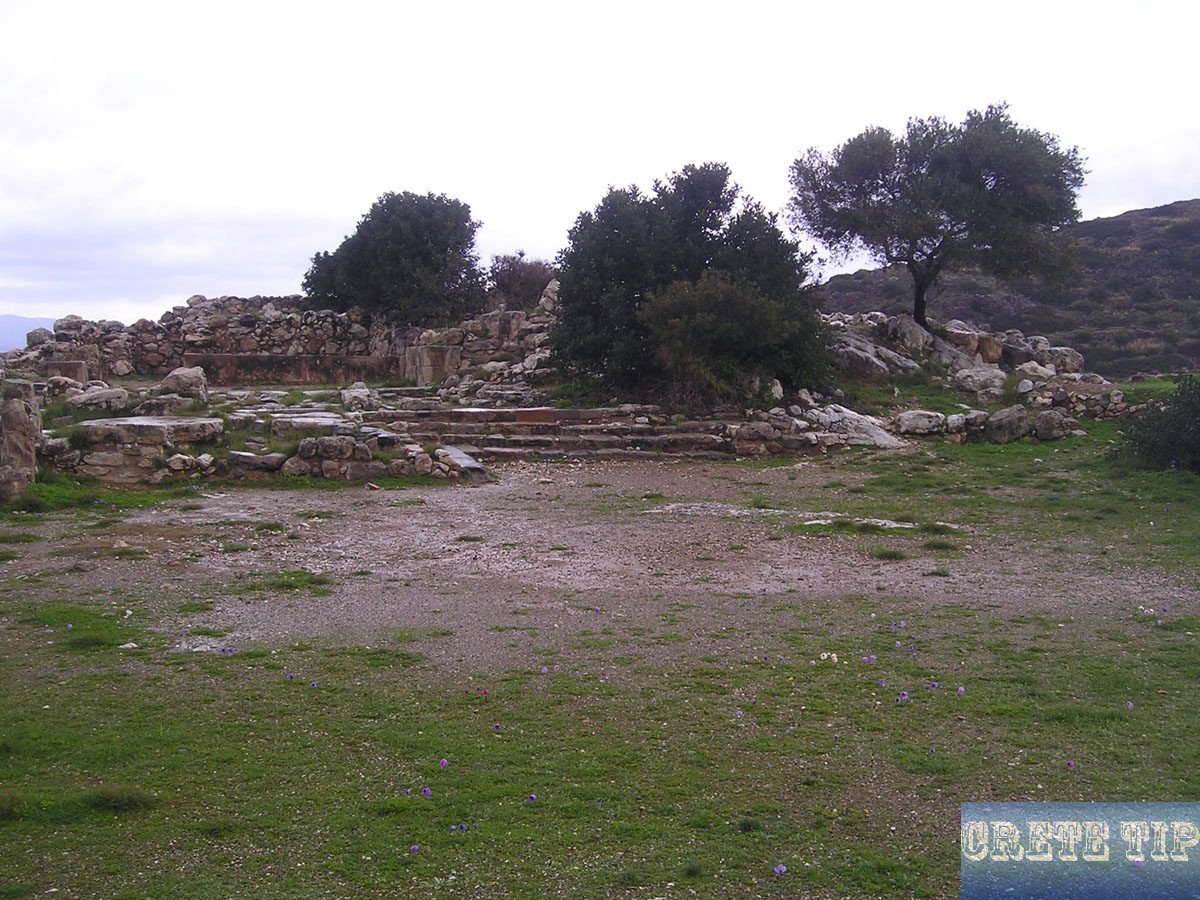
The destruction of most of the old coastal towns and settlements during the disaster led to the foundation of new towns, especially in western Crete, which was least affected by the volcanic eruption. The five important centres of Kydonia, Stolos Apokoronou, Armenoi, Rethymno and Apodoulou Amariou have been studied by archaeologists.
In Central Crete, on the other hand, a retreat of the inhabited settlements into the interior of the island can be observed, which can be seen as a sign of a decline in trade to other regions and an increase in piracy.
The architecture of this period lacked the brilliance of the previous Minoan age. Only local Mycenaean megarons were built, without decorations and murals, and the palaces were converted as private estates into apartments, storerooms and workshops.
Carved tombs and Mycenaean burial chambers still dominated the burial architecture. Underground graves with round or square chambers were built for the deceased leaders of the ruling class. The practice of cremation also began towards the end of this epoch.
Pottery continued to be produced in forms and with motifs from the New Palace period, before Mycenaean Greek styles prevailed in the last two centuries of this epoch.
In the case of ceramics, a shift away from naturalism towards schematisation can be observed.
Metalworking flourished to a certain extent through the production of novel swords and daggers based on Mycenaean models.
There are wonderful examples of inlays, seal rings with religious representations and jewelry with stones and glass paste. The seals have been made over time from slightly carved and soft steatite and used simpler, more makeshift engraved motifs. The ivory work was limited to the production of only a few articles. In the religious field the Minoan traditions were continued.
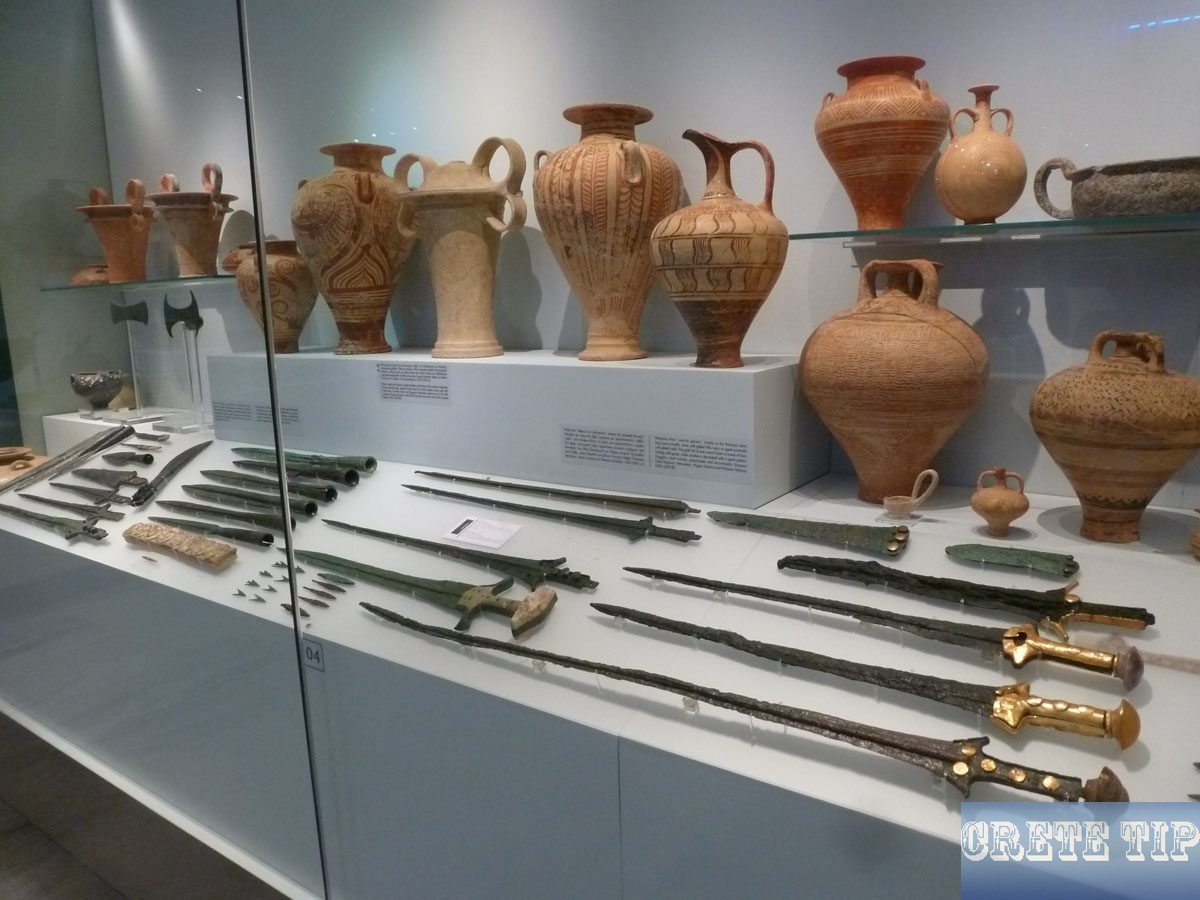
Around 1.200 B.C. Crete again had a powerful fleet, which was used for military operations and also for piracy. This is proved by the participation of the Cretan king Idomenaeus in the Trojan War, where the Cretans were the third strongest army after Agamemnon. Idomenaeus is said to have been the grandson of King Minos.
Egyptian records from the same period also indicate that the eastern Mediterranean area was afflicted by the ‘sea people’. One of these peoples mentioned, which also attacked Egypt together with others, were the inhabitants of ‘Kaftor’. That’s what the Egyptians called the island Crete at that time.
The war for Troy, however, had consequences for Greece and Crete. In northern Greece, the Mycenaeans were overrun by Balkan peoples, especially the Dorians. Around 1.200 B.C. the stability on Crete ended and many inhabited places were abandoned forever, while others burned down again. Mycenaean refugees from the mainland made their influence on the island more and more noticeable.
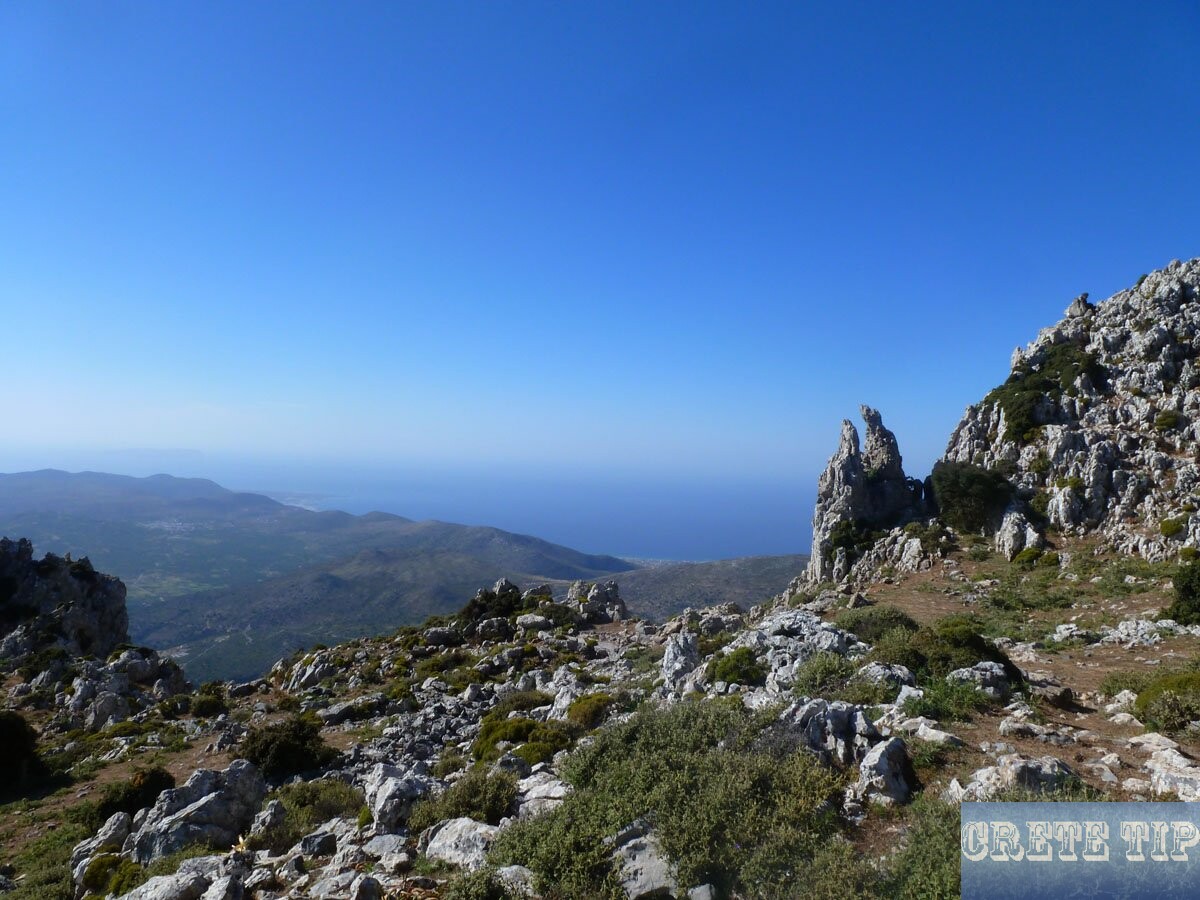
At the end of the twelfth century BC the Minoan culture finally went downhill and Crete, as well as the whole Greek world, got into a whirlpool of war and chaos. Parts of Crete’s original population, known as Eteocretans (‘true Cretans’), retreated to mountain towns such as Karfi and Presos. There, together with elements of the Minoan language and culture, they survived almost another millennium.


